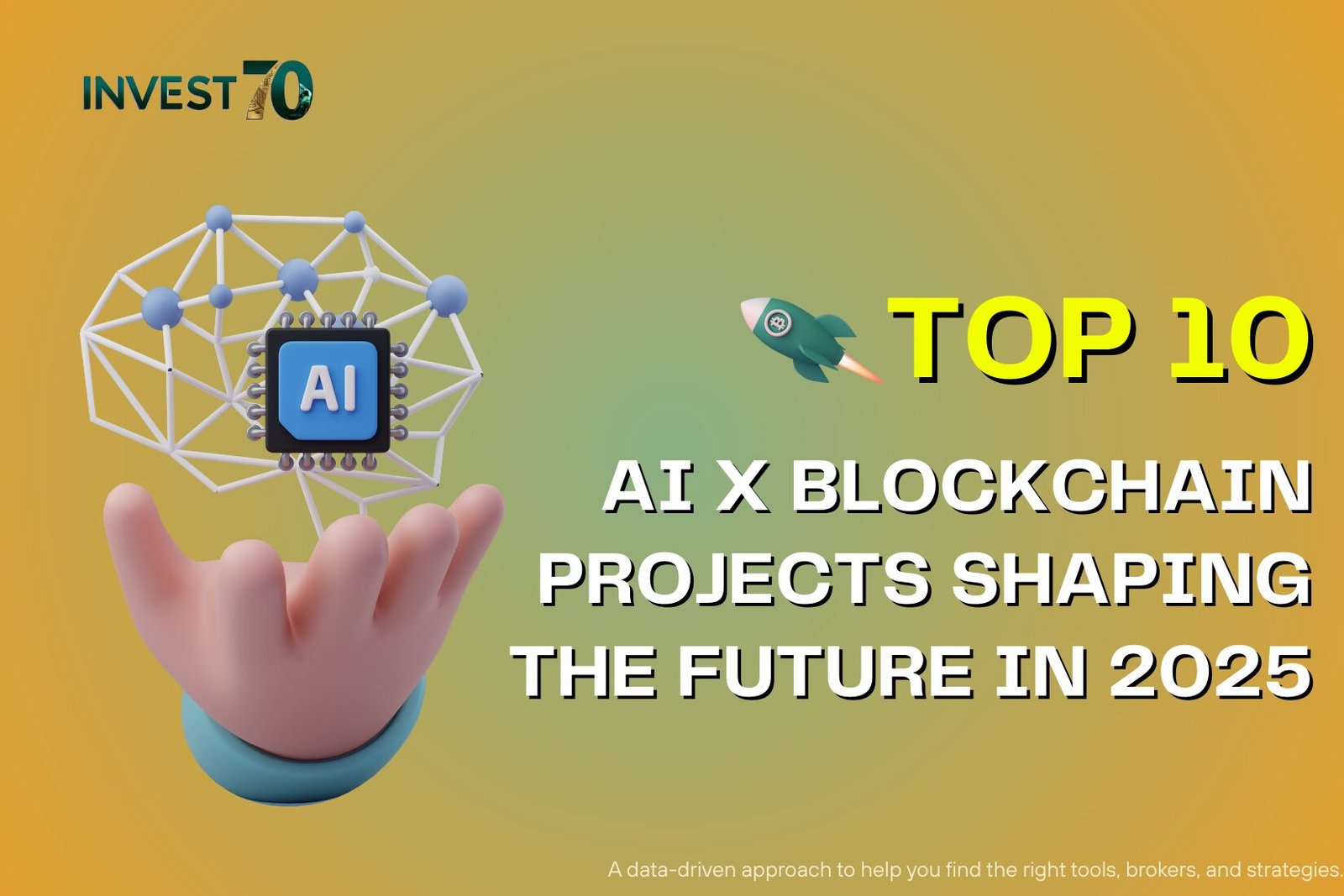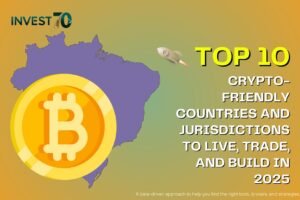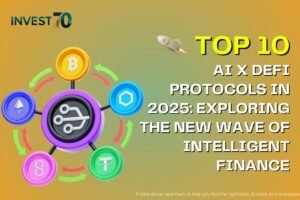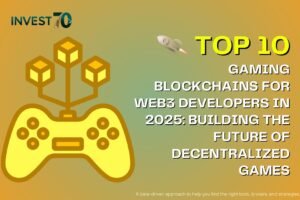Top 10 AI x Blockchain Projects Shaping the Future in 2025
TOP 10 AI x Blockchain : Artificial Intelligence and blockchain are no longer evolving in isolation. Over the past few years, these two transformative technologies have started to converge, creating new possibilities that would have been unimaginable a decade ago. AI provides the intelligence — the ability to learn, adapt, and make decisions — while blockchain delivers the infrastructure — decentralization, transparency, and immutability. Together, they are building systems that can operate autonomously, securely, and at scale. In 2025, this fusion is expected to move beyond theory into large-scale real-world adoption, impacting industries as varied as finance, healthcare, supply chain, gaming, and even the emerging metaverse economy.
This report takes a close look at the TOP 10 AI x Blockchain projects that are leading the way, highlighting their core features, potential industry applications, and why they matter in the bigger technological picture. To make it easier to compare their focus areas, we’ve included a quick reference table before diving deeper into each project.
Quick Comparison Table: Top 10 AI x Blockchain Projects in 2025
| Project | Primary Focus | Key Feature | Industry Impact |
|---|---|---|---|
| Bittensor (TAO) | Decentralized AI network | Open AI training with incentives | Community-driven AI innovation |
| Fetch.ai (FET) | Autonomous AI agents | Smart infrastructure automation | IoT, logistics, and city systems |
| Ocean Protocol (OCEAN) | Data marketplace | Privacy-focused data sharing | Healthcare, research, analytics |
| SingularityNET (AGIX) | AI service hub | Interoperable AI marketplace | Global AI collaboration |
| Cortex (CTXC) | AI smart contracts | On-chain AI model execution | DeFi, analytics, adaptive apps |
| Numeraire (NMR) | AI hedge fund | Crowdsourced predictive models | Investment and asset management |
| VAIOT (VAI) | AI legal assistant | Smart contract business automation | Legal, insurance, compliance |
| Velas (VLX) | High-speed AI blockchain | AI-based performance optimization | DeFi, gaming, NFTs |
| Oraichain (ORAI) | AI-powered oracle | AI data feeds for smart contracts | DeFi, predictive analytics |
| DeepBrain Chain (DBC) | AI computing platform | Decentralized GPU cloud | AI research and model training |
1. Bittensor (TAO)
Bittensor is a decentralized network that reimagines the way AI models are trained and shared. Instead of being controlled by large corporations with closed datasets and proprietary algorithms, Bittensor allows independent contributors from all over the world to develop, train, and improve machine learning models in an open environment. Participants are incentivized with TAO tokens based on the value their models bring to the network, creating a self-sustaining ecosystem where innovation is rewarded directly.
This approach challenges the traditional AI development model by removing central gatekeepers and enabling community-driven progress. In 2025, Bittensor’s adoption is expected to grow rapidly as organizations and developers look for alternatives to centralized AI solutions, especially in areas where transparency and collaboration are crucial, such as scientific research, predictive analytics, and decentralized finance.
2. Fetch.ai (FET) / Artificial Superintelligence Alliance
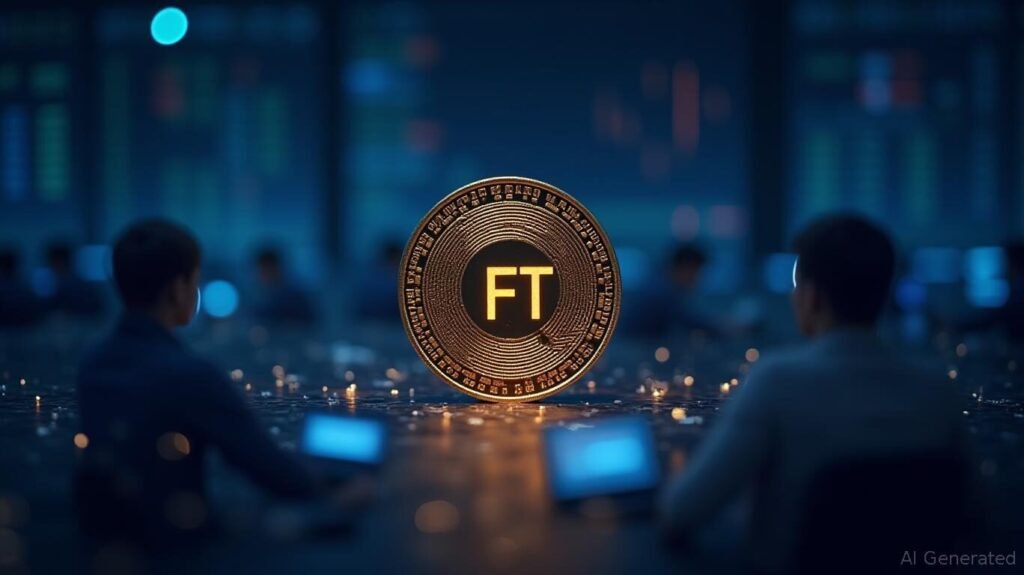
Source: Ainvest
Fetch.ai is building a network of autonomous AI agents — small pieces of intelligent software capable of making independent decisions, interacting with one another, and completing tasks without direct human supervision. These agents can handle complex processes such as optimizing supply chain logistics, coordinating transportation schedules, or even negotiating prices in real-time marketplaces.
By integrating blockchain, these agents gain secure, verifiable identities and the ability to execute transactions without middlemen. Following its merger into the Artificial Superintelligence Alliance, Fetch.ai is poised to integrate more closely with other AI blockchain ecosystems in 2025. This could lead to city-scale implementations, where smart infrastructure runs on autonomous agents that self-optimize for efficiency, energy use, and cost.
3. Ocean Protocol (OCEAN)
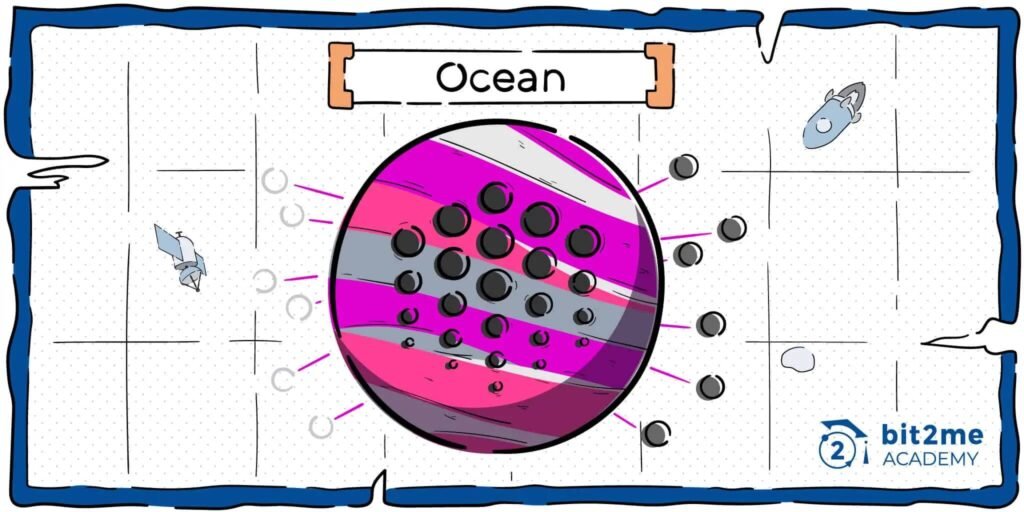
Source: bit2me academy
AI’s capabilities depend heavily on access to high-quality data, but data sharing often comes with privacy concerns and regulatory constraints. Ocean Protocol addresses this by creating a decentralized, privacy-preserving marketplace for buying, selling, and sharing datasets. Instead of handing over control, data owners can tokenize their datasets and make them available for AI training while keeping sensitive information protected.
This model opens opportunities for collaboration between industries that would otherwise be unable to share data — for example, hospitals collaborating on AI medical research without exposing patient records. In 2025, with data privacy laws becoming stricter worldwide, Ocean’s approach could make it a key player in the future of AI model training and analytics.
4. SingularityNET (AGIX)
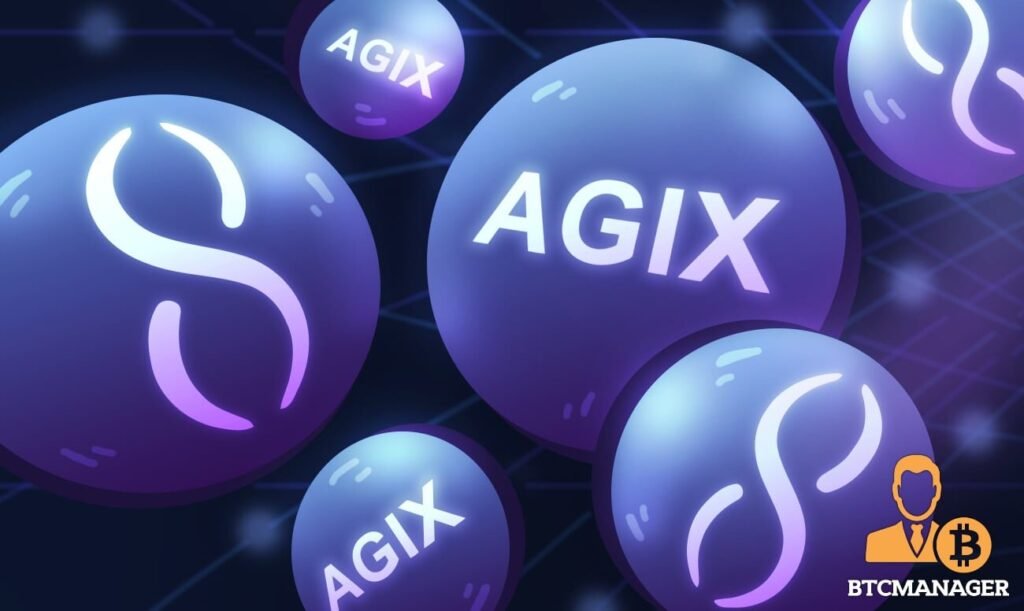
Source: cryptonews
SingularityNET aims to become the global hub for AI services, offering a decentralized marketplace where developers can list their AI algorithms and users can integrate them into applications. Unlike centralized platforms, where AI tools are siloed, SingularityNET emphasizes interoperability, allowing different AI systems to work together seamlessly across multiple blockchain networks.
In practical terms, this could mean a developer building a chatbot on one blockchain could integrate a speech recognition AI from another provider without compatibility issues. As AI applications become more complex, the ability to combine services from different sources will be critical — and SingularityNET is positioning itself to lead that transformation in 2025.
5. Cortex (CTXC)

Source: Medium
Cortex stands out by enabling AI-powered smart contracts, meaning blockchain applications can embed AI decision-making directly into their logic. Developers can upload trained AI models to the blockchain, allowing decentralized applications to respond dynamically to changing conditions.
Imagine a DeFi protocol that automatically adjusts lending rates based on real-time market sentiment analysis or a supply chain application that reroutes shipments based on predictive demand modeling. In 2025, this type of integration could set new standards for how smart contracts are used, making them more adaptive and intelligent than ever before.
6. Numeraire (NMR)
Numeraire is not your typical blockchain project. It functions as a decentralized hedge fund, but instead of hiring analysts, it relies on a global community of data scientists to submit predictive models. These models compete to generate the most accurate market forecasts, and those that perform well are rewarded in NMR tokens.
This crowdsourced approach not only democratizes financial modeling but also creates a highly competitive environment where the best algorithms rise to the top. In 2025, as algorithmic trading continues to dominate markets, Numeraire could prove that collective AI-driven strategies can outperform even the most sophisticated traditional hedge funds.
7. VAIOT (VAI)
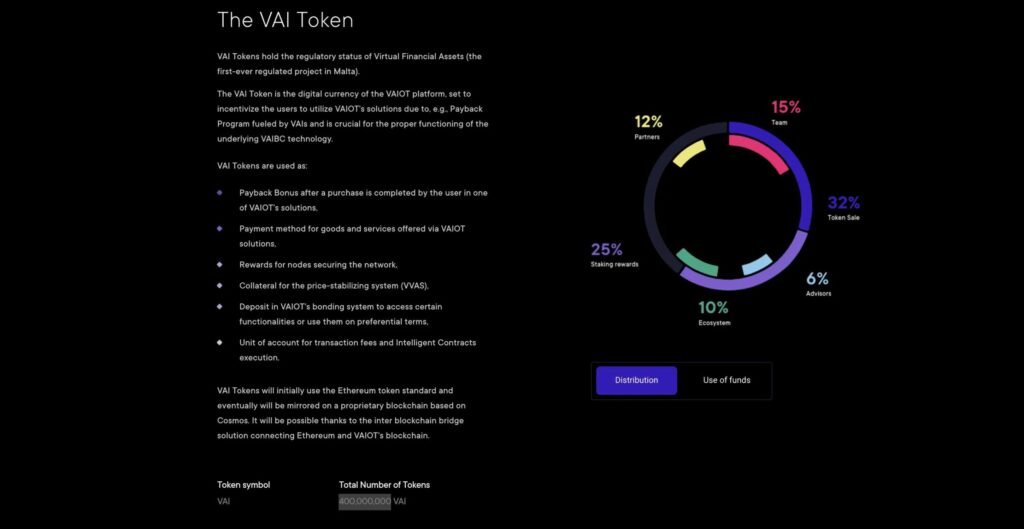
Source: icodrops
VAIOT merges AI-powered virtual assistants with blockchain’s automation capabilities. These assistants can handle complex business processes, such as generating contracts, processing insurance claims, and managing compliance workflows. The results are stored on the blockchain, ensuring transparency, security, and immutability.
For industries like legal services, insurance, and corporate compliance — where paperwork bottlenecks are common — this combination could save significant time and resources. By 2025, VAIOT’s model could serve as a blueprint for how AI and blockchain can work together to streamline administrative processes without sacrificing trust or accuracy.
8. Velas (VLX)
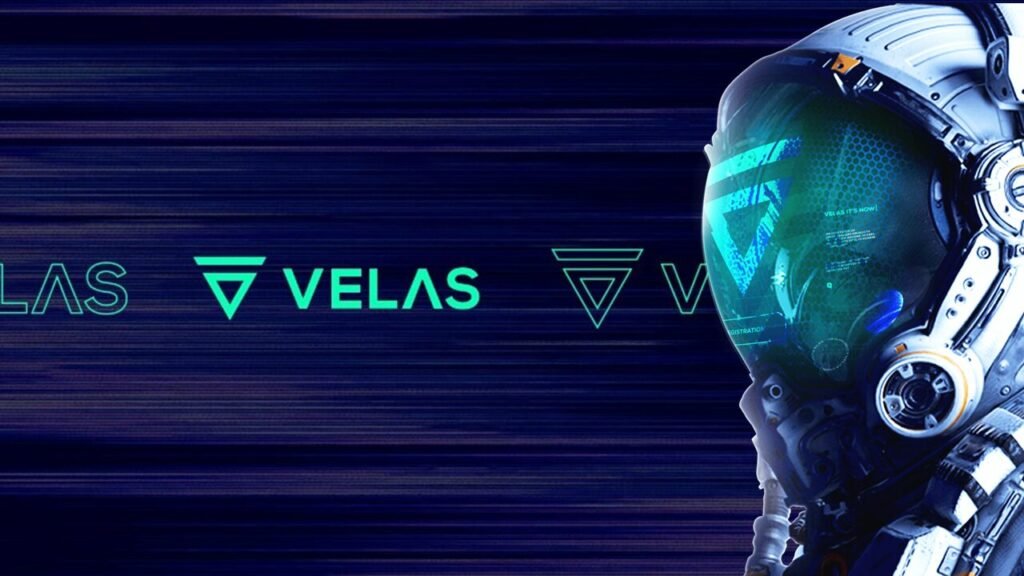
Source: Intraday
Velas is a high-performance blockchain that integrates AI to optimize speed, scalability, and security. Its AI algorithms analyze network activity and automatically adjust parameters to maintain peak performance, even under heavy transaction loads.
This makes Velas particularly appealing for DeFi platforms, gaming ecosystems, and NFT marketplaces, where both speed and security are crucial. With blockchain networks still struggling to balance scalability and decentralization, Velas’ AI-driven optimization could become a model for how to manage large-scale decentralized systems efficiently.
9. TOP 10 AI x Blockchain : Oraichain (ORAI)
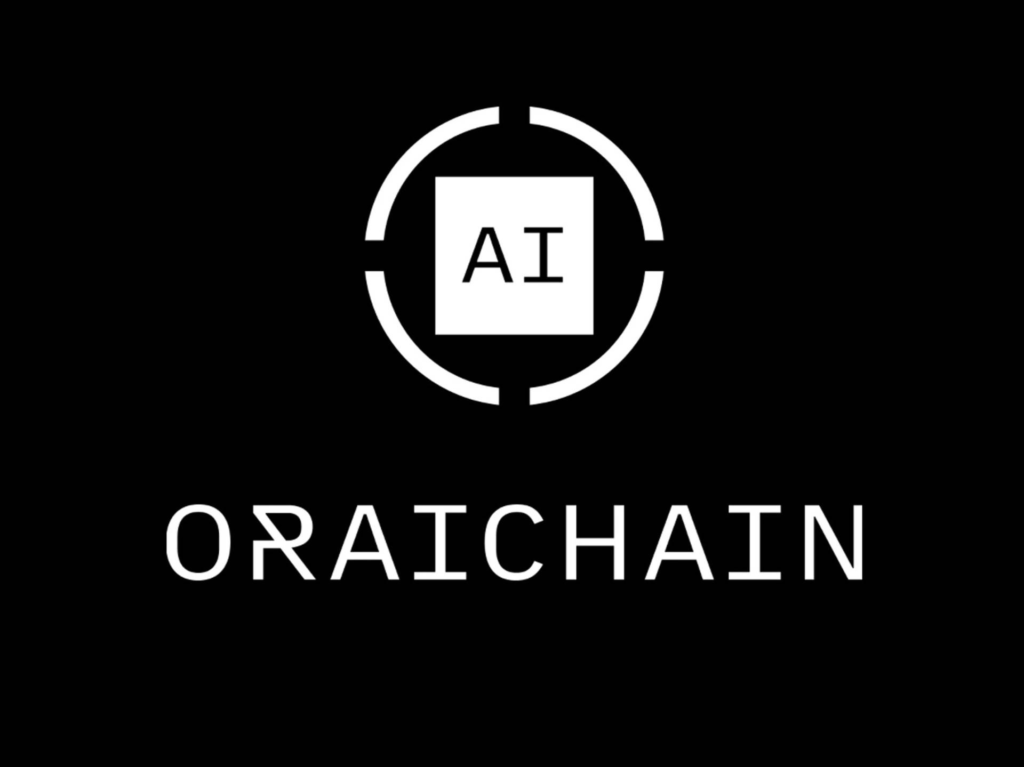
Source: IQ.wiki
Oraichain positions itself as the first AI-powered oracle, providing AI-processed data feeds directly to smart contracts. This allows decentralized applications to make decisions based on more complex inputs than traditional oracles can provide.
For example, a decentralized insurance contract could use Oraichain’s AI data to assess weather conditions, accident reports, and predictive models before processing a claim. This deeper layer of intelligence could significantly expand what smart contracts are capable of doing in 2025, particularly in DeFi, predictive analytics, and risk assessment.
10. TOP 10 AI x Blockchain : DeepBrain Chain (DBC)
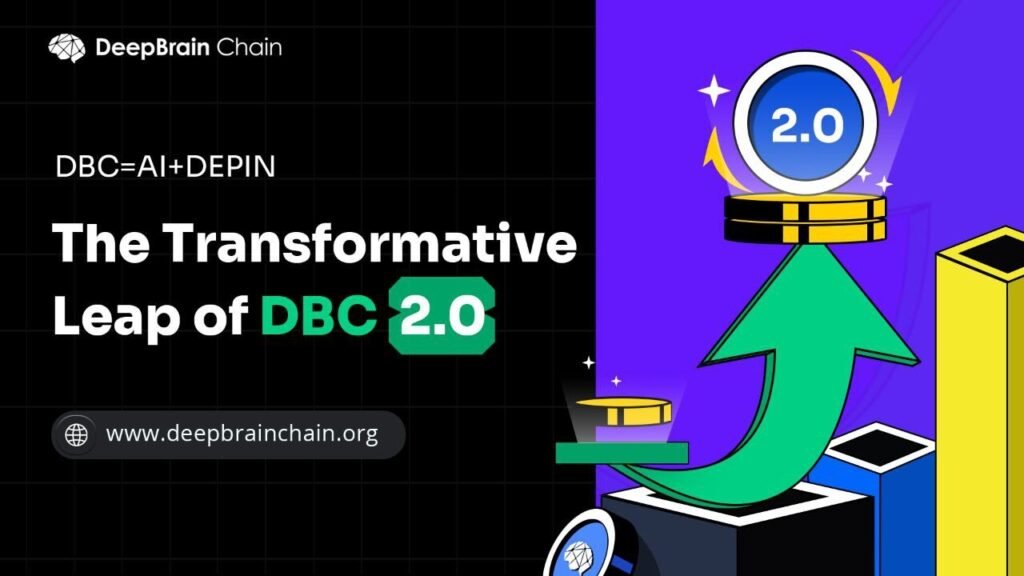
Source: Medium
DeepBrain Chain aims to solve one of AI’s biggest challenges: the cost of computing. Training advanced AI models requires massive GPU resources, which can be prohibitively expensive for startups and research labs. DBC addresses this by creating a decentralized network where computing power is shared, rented, and paid for in its native token.
By lowering the infrastructure barrier, DeepBrain Chain could accelerate AI innovation across fields like computer vision, natural language processing, and autonomous systems. In 2025, its impact may be most visible in emerging AI startups that would otherwise struggle to compete with larger players.
Combined Impact of AI x Blockchain in 2025

Source: Linkedin
The AI-blockchain synergy is no longer speculative — it’s becoming an operational reality. These projects show how intelligent, decentralized systems can solve problems that centralized models cannot, from enabling secure data sharing to building self-optimizing networks and automated financial platforms.
In the coming years, this convergence could produce entirely new business models, where systems run themselves, adapt in real-time, and interact with other autonomous systems without human intermediaries. The possibilities extend well beyond today’s use cases, hinting at an economy where AI and blockchain are foundational layers.
Challenges on the Horizon – TOP 10 AI x Blockchain
Despite the promise, challenges remain. Blockchain scalability and transaction costs still limit adoption in high-volume applications. Regulatory uncertainty — particularly around AI ethics, data governance, and automated decision-making — may slow deployment in certain regions. And with AI’s growing power comes a heightened risk of misuse, making responsible governance essential.
These obstacles are not insurmountable, but they will shape how quickly AI x Blockchain can scale in real-world industries.
Conclusion – TOP 10 AI x Blockchain
The TOP 10 AI x Blockchain projects highlighted here offer a window into the next phase of technological innovation. Whether it’s decentralized AI marketplaces, AI-enhanced smart contracts, or blockchain-powered data sharing, these initiatives are setting the stage for systems that are more intelligent, transparent, and adaptive. In 2025, we may look back at this convergence as the moment when AI and blockchain truly began reshaping the global economy — together.

